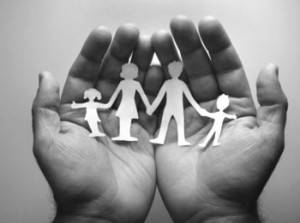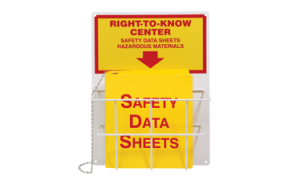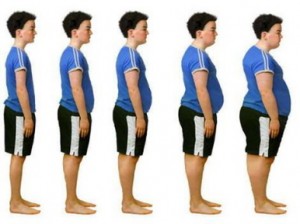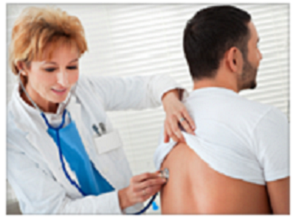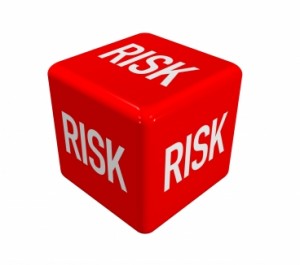 Drug use, abuse, or addiction among employees and their family members can cause expensive problems for business and industry, ranging from lost productivity, absenteeism, injuries, fatalities, theft and low employee morale, to an increase in health care, legal liabilities and workers’ compensation costs.
Drug use, abuse, or addiction among employees and their family members can cause expensive problems for business and industry, ranging from lost productivity, absenteeism, injuries, fatalities, theft and low employee morale, to an increase in health care, legal liabilities and workers’ compensation costs.
In addition, drug abuse can cause problems at work including:
- After-effects of substance use (withdrawal) affecting job performance
- Preoccupation with obtaining and using substances while at work, interfering with attention and concentration
- Illegal activities at work including selling illegal drugs to other employees
- Psychological or stress-related effects due to drug use by a family member, friend or co-worker that affects another person’s job performance
Estimated Costs: Drug abuse costs employers $81 billion annually.
FACT: Workers who report having three or more jobs in the previous five years are about twice as likely to be current or past year users of illegal drugs as those who have had two or fewer jobs. NCADD Fact Sheet: Alcohol and Other Drugs in the Workplace.
FACT: 70% of the estimated 14.8 million Americans who use illegal drugs are employed.
According to NCADD Affiliates that provide Employee Assistance Program (EAP) services, the following job performance and workplace behaviors may be signs that indicate possible workplace drug problems:
- Job Performance
- Inconsistent work quality
- Poor concentration and lack of focus
- Lowered productivity or erratic work patterns
- Increased absenteeism or on the job “presenteeism”
- Unexplained disappearances from the jobsite
- Carelessness, mistakes or errors in judgment
- Needless risk taking
- Disregard for safety for self and others- on the job and off the job accidents
- Extended lunch periods and early departures
- Workplace Behavior
- Frequent financial problems
- Avoidance of friends and colleagues
- Blaming others for own problems and shortcomings
- Complaints about problems at home
- Deterioration in personal appearance or personal hygiene
- Complaints, excuses and time off for vaguely defined illnesses or family problems
Marijuana is the most commonly used and abused illegal drug by employees, followed by cocaine, with prescription drug use steadily increasing (see “Prescription Drugs”).
via Workplace.
 Home building is physically demanding work and manual material handling may be the most difficult part of the job. Manual material handling includes all of the tasks that require you to lift, lower, push, pull, hold or carry materials. These activities increase the risk of painful strains and sprains and more serious soft tissue injuries.
Home building is physically demanding work and manual material handling may be the most difficult part of the job. Manual material handling includes all of the tasks that require you to lift, lower, push, pull, hold or carry materials. These activities increase the risk of painful strains and sprains and more serious soft tissue injuries.
